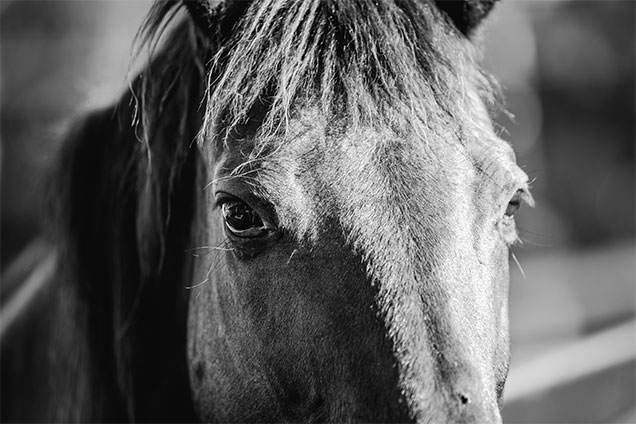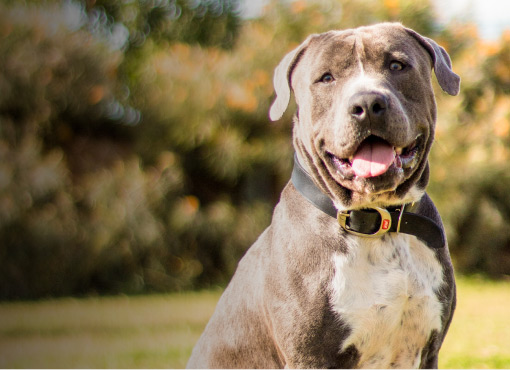2. Physical overexertion and wastage
All too often we have seen horses injured, collapse and in tragic circumstances, die from the toll that racing can take on their body. Currently, there is no way to ensure that this does not occur. Injuries can involve muscle, bones, tendons and ligaments, and serious injuries often result in immediate euthanasia.
Racehorses may also die suddenly during or after a race, which may be due to heart failure or other causes such as the condition known as Exercise Induced Pulmonary Haemorrhage (EIPH), where bleeding into the lungs occurs. This has been related to over-exertion where horses may be pushed too hard to win.
Some damning Melbourne Cup mortality statistics. In 2013, Verema broke her leg mid race and was euthanased on the track. In 2014, two horses died after racing in the Cup. Admire Rakti died of heart failure in his stall after the race; and Araldo broke his leg and had to be euthanased after being scared by a flag in the crowd. In 2015, Red Cadeaux did not finish after injuring his fetlock in the race, and was euthanased two weeks later. In 2017, Regal Monarch was euthanased after a fall in Race 4 and sadly became the fifth horse to die as a result of racing at the Melbourne Cup in five years.




